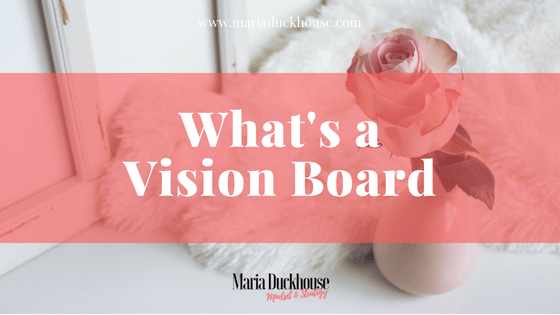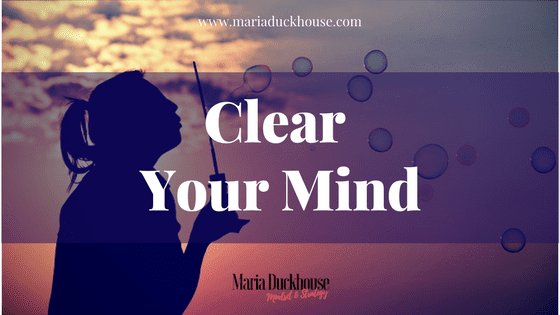How to Stop Overthinking and Start Creating: The Gentle Art of Unfolding
You want to create.
You feel it rising like a tide, that tender impulse to write, paint, speak, build, design, or share something real with the world. The longing pulses through you in quiet moments, whispering of stories untold, images unseen, melodies unsung.
But the moment you try to begin, your thoughts start their familiar spiral:
Is this good enough?
What if no one cares?
What if I get it wrong?
Maybe I should do something more productive instead…
Before you’ve even touched the page or picked up the brush, your mind has already built an impenetrable wall between you and your creative truth.
You’re not lazy. You’re not blocked. You’re not lacking in talent or vision.
You’re simply caught in the very human habit of overthinking, a protective mechanism that once served to keep you safe but now stands as a sentinel between you and the expression your soul craves.
If this is where you find yourself, frozen in thought and aching to create but unable to begin, this is your gentle invitation back to the art of creative unfolding. This isn’t about forcing yourself to produce or manufacturing inspiration. It’s about remembering how to trust yourself again, how to let creativity flow through you rather than demanding it perform for you.
Understanding Creative Overthinking: The Mind’s Well-Meaning Sabotage
Overthinking isn’t a character defect or moral failing. It’s a coping mechanism, a way your psyche attempts to create safety in a world that can feel unpredictable and judgemental, especially when it comes to creative expression.
Most of us develop this habit of mental looping because it provides a temporary illusion of control. When something feels vulnerable and risky, like sharing our inner world through creative work, the mind jumps into overdrive, trying to think its way to guaranteed success before we even begin.
Signs You’re Caught in the Overthinking Trap
The symptoms of creative overthinking are achingly familiar to anyone who has experienced them:
- You write and delete the same sentence multiple times, never satisfied with your first instinct
- You spend more time planning, researching, and preparing than actually creating
- You collect ideas, inspiration, and resources but rarely transform them into something of your own
- You wait for perfect conditions that never quite arrive, always finding another reason to delay
- You doubt your creative impulses before they’ve had space to breathe and grow
- You feel paralysed by the gap between your vision and your current skill level
This isn’t laziness masquerading as contemplation. This is fear wearing the mask of preparation, and underneath that fear lies a truth many of us carry: we were never truly taught to trust our own creative voice.
The Deeper Wound Beneath the Overthinking
For many sensitive, creative souls, the compulsion to overthink isn’t really about perfectionism or high standards. It’s about safety. Somewhere along the way, perhaps through well-meaning corrections, harsh criticism, or simply growing up in a world that values productivity over play, we learned that our authentic expression might not be welcomed or valued.
So we learned to think first, feel second. To plan before we leap. To protect our tender creative spirits by keeping them safely locked away in the realm of possibility rather than risking them in the harsh light of reality.
Why “Just Do It” Doesn’t Work for Sensitive Creators
The modern world often prescribes more structure, more discipline, more consistency as the antidote to creative blocks. But for those of us who feel deeply and create from that feeling, the real root of overthinking isn’t a lack of willpower or organisational skills.
It’s a lack of emotional safety.
When your nervous system doesn’t feel safe to be seen, to be potentially judged, or to create something imperfect, your creativity will remain in hiding, no matter how many productivity systems you implement or how much you berate yourself for procrastinating.
The Origins of Creative Insecurity
This pattern of overthinking before creating often has deep roots:
- Growing up with perfectionist expectations where mistakes felt dangerous
- Being praised more for achievements and outcomes than for the joy of self-expression
- Experiencing criticism or ridicule for being “too much,” “too emotional,” or “too sensitive”
- Learning that love and acceptance were conditional on pleasing others rather than being authentic
- Living in environments where creativity was seen as frivolous or impractical
These experiences teach us that our authentic expression is risky, that we must think our way to safety before we dare to create. But this protective strategy, while understandable, keeps us trapped in our heads instead of flowing from our hearts.
The beautiful truth is that safety can be rebuilt, trust can be restored, and creativity can be reclaimed through gentle, consistent practices that honour both your need for security and your longing for expression.
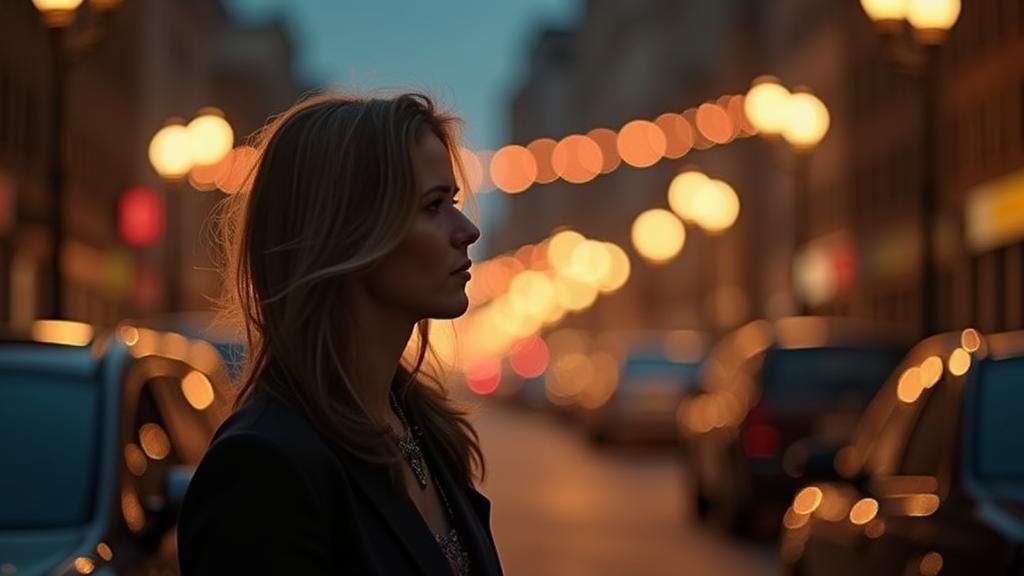
Stop Overthinking by Reframing Creation as Sacred Unfolding
One of the most transformative shifts you can make is to stop thinking of creativity as something you must perform well and instead begin experiencing it as something sacred that wants to unfold through you.
Unfolding is fundamentally different from achieving. It doesn’t rush toward a predetermined destination. It doesn’t need to impress anyone. It doesn’t even need to make logical sense at first.
What Creative Unfolding Looks Like
When you approach creativity as unfolding rather than performing, the entire experience transforms:
- Writing becomes a conversation with yourself rather than a presentation to others
- Drawing becomes following the line wherever it wants to go rather than forcing it toward a specific image
- Singing becomes letting sound move through you rather than hitting predetermined notes
- Creating becomes an exploration of what wants to emerge rather than execution of what you think should exist
This shift from performance to presence bypasses the perfectionist voice entirely because there’s nothing to get right or wrong. There’s only what wants to be expressed in this moment, through you, as you.
When you create from this place of open curiosity rather than predetermined outcomes, you naturally begin to access the state of flow that makes overthinking impossible. You become too absorbed in the present moment of creation to worry about future judgment or past failures.
How to Stop Overthinking and Start Creating: Gentle First Steps
If you’ve been caught in the loop of endless mental preparation, the prospect of simply beginning can feel overwhelming. Not because you don’t have ideas or inspiration, but because you’ve become afraid of what happens after you start.
The Hidden Fears That Keep Us Overthinking
Before we can move through creative paralysis, it helps to acknowledge the fears that often lurk beneath the surface:
- Fear of judgment, both from others and from the harsh critic in your own mind
- Fear of wasting precious time on something that might not “work out”
- Fear of disappointment or having to face another “failed” creative attempt
- Fear of visibility and what might happen if your work actually resonates with people
- Fear of stirring up emotions you’ve kept carefully buried beneath the surface
These fears are valid and understandable. They don’t make you weak or overly sensitive. They make you human. But they also don’t have to be the forces that direct your creative life.
Creating Safety for Your Creative Voice to Emerge
The antidote to overthinking isn’t willpower; it’s creating enough emotional safety that your creative impulses feel welcomed rather than threatened.
Start with time boundaries that feel manageable. Set a timer for just 15 minutes and tell yourself this is purely experimental. You’re not committing to finishing anything or creating something good. You’re simply playing with possibility.
Establish gentle rituals that signal creative safety. Light a candle, make a cup of tea, put on music that soothes your nervous system. These small ceremonies communicate to your subconscious that this is sacred time, separate from productivity demands and external expectations.
Create private spaces for imperfect expression. Keep a journal no one else will read, a sketchpad hidden in your desk drawer, or voice memos on your phone. Having spaces where you can be authentically messy removes the pressure of performance.
Give yourself permission to begin with nonsense. Let your first marks be scribbles, your first words be fragments, your first attempts be completely experimental. The goal isn’t to create something meaningful immediately; it’s to reconnect with the simple joy of making marks, of letting something flow through you.
Remember: you don’t need to make a masterpiece on your first try, or even your hundredth try. You just need to make contact with your creative impulse again.
The Radical Act of Creating Without Outcome
One of the most healing practices for chronic overthinkers is learning to create without attachment to results. This goes against everything our achievement-oriented culture teaches us, but it’s essential for rebuilding trust in your creative process.
Returning to the Joy of Pure Expression
When you release the pressure for your creativity to become something specific, to solve a problem, or to generate income or recognition, you return to the essence of why humans create in the first place: for the sheer joy of bringing something into existence that wasn’t there before.
Creating without outcome means:
- Making art that will never be seen by anyone else
- Writing stories that will never be published
- Singing songs that will never be recorded
- Dancing dances that will never be performed
This isn’t about lowering your standards or abandoning your dreams. It’s about remembering that your worth as a creative being isn’t dependent on external validation or commercial success. Your creative expression has value simply because it’s yours, because it’s authentic, because it connects you to the part of yourself that feels most alive.
Experimenting with “Bad” Art on Purpose
One powerful way to interrupt overthinking patterns is to deliberately create something “bad.” Set an intention to make the worst painting, write the most ridiculous poem, or compose the silliest song you can imagine.
This practice serves several important functions: it removes the pressure to create something good, it reconnects you with playfulness, and it often leads to surprising discoveries about what wants to emerge when you’re not trying to control the process.
You might find that your “bad” art contains seeds of authentic beauty that your overthinking mind would never have allowed you to explore.
Building Gentle Rhythms That Support Creative Flow
While rigid schedules can stifle creativity, gentle rhythms and loving rituals can create containers where your creative voice feels safe to emerge. The key is finding structure that supports rather than constrains your natural creative impulses.
Daily Practices That Quiet Overthinking
Morning pages: Three pages of stream-of-consciousness writing first thing in the morning, before your inner critic fully wakes up. This practice, popularized by Julia Cameron, clears mental clutter and creates space for authentic thoughts to surface.
Creative check-ins: Before beginning any creative work, pause and ask yourself, “What wants to be expressed through me right now?” This simple question shifts you from thinking about what you should create to feeling into what wants to be created.
Sacred creative spaces: Designate a physical area, even if it’s just a corner of a table or a specific playlist, that signals to your subconscious that creativity is welcome here. When you consistently create in the same space, it begins to hold the energy of creative flow.
Celebration rituals: At the end of any creative session, take a moment to acknowledge what you’ve accomplished, no matter how small. This reinforces the neural pathways that associate creating with positive feelings rather than judgment and criticism.
These rhythms work not because they force creativity to happen, but because they create predictable islands of safety where your creative voice knows it will be welcomed and honoured.
What Changes When You Learn to Stop Overthinking and Trust Your Creative Process
When you begin creating from trust instead of fear, from presence instead of future-focused anxiety, everything about the creative experience transforms.
The Shift from Performance to Presence
You start to feel more connected to your intuition, that subtle inner guidance that knows what wants to be expressed even when your logical mind is confused. You become less attached to external approval because you’re receiving validation from the act of creation itself.
Your mental landscape becomes more spacious. Instead of the cramped, anxious feeling of overthinking, you experience the expansiveness that comes from being fully present with whatever is emerging in this moment.
Beginning new creative projects feels less daunting because you’re not trying to guarantee outcomes. You’re simply curious about what wants to unfold. This curiosity replaces anxiety, exploration replaces perfectionism, and play replaces pressure.
Most importantly, you begin to understand that creativity isn’t about proving your worth or demonstrating your capabilities. It’s about remembering who you are beneath all the roles and expectations, reconnecting with the part of yourself that existed before you learned to doubt your own voice.
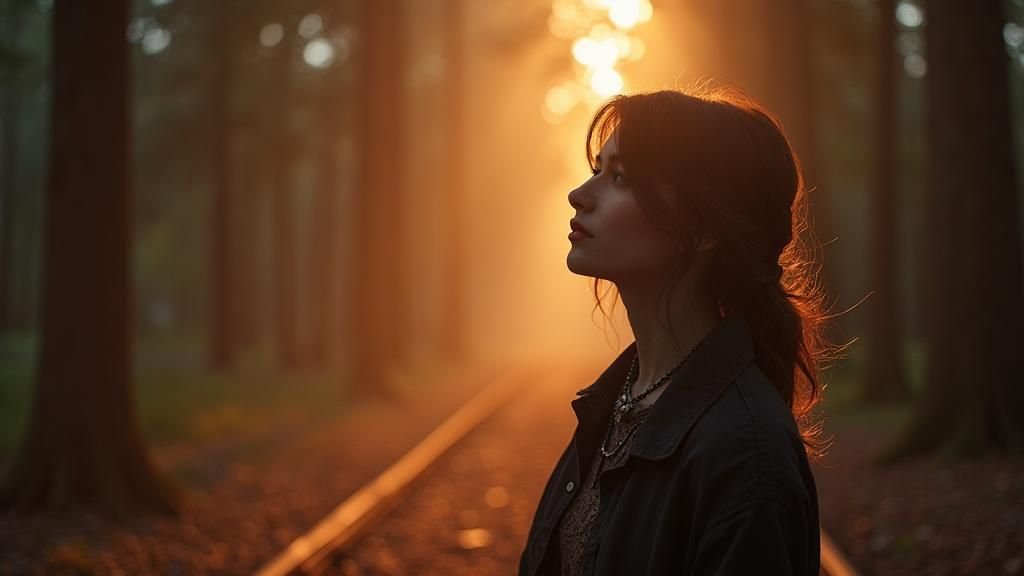
Developing a New Relationship With Your Overthinking Mind
The goal isn’t to eliminate overthinking entirely, which would be neither possible nor necessarily desirable. Instead, you can learn to relate to your thinking mind differently, with more compassion and less reactivity.
Understanding Overthinking as Information
When you notice your mind spiralling into analysis paralysis, instead of fighting it or judging yourself for it, try seeing it as valuable information. Overthinking often shows up when something feels important to us, when we care deeply about the outcome.
This awareness allows you to respond differently: “Ah, I’m overthinking this because it matters to me. What would it look like to honour both my caring and my creative impulse?”
You can thank the overthinking part of your mind for trying to protect you, then gently redirect your attention to the present moment and take one small, imperfect action anyway.
Moving Forward Without the Full Map
This is what creative courage looks like: not the absence of uncertainty, but the willingness to take the next step without needing to see the entire path. It’s letting the way reveal itself through movement rather than trying to think your way to clarity.
Each time you choose action over analysis, presence over planning, you strengthen the neural pathways that support creative flow. You teach your nervous system that it’s safe to create, safe to be imperfect, safe to be seen.
What If You Never Reach “There”?
One of the subtle fears that fuels creative overthinking is the worry that even if you start creating regularly, you’ll never achieve those imagined destinations: the book deal, the gallery show, the viral moment, the perfectly polished portfolio.
But what if the destination was never really the point?
Redefining Creative Success
What if the real success lies not in external recognition but in the internal transformation that happens when you commit to regular creative expression? What if the reward is the way creativity reconnects you to your essential self, the way it teaches you to trust your instincts, the way it reminds you what it feels like to be fully alive?
When you shift your definition of success from results to relationship, from achievement to authenticity, overthinking begins to lose its grip because you’re no longer trying to guarantee specific outcomes. You’re simply showing up for your own creative truth, whatever form it wants to take today.
This doesn’t mean abandoning your dreams or lowering your standards. It means recognizing that the journey itself is transformative, that every moment you spend in creative flow is valuable regardless of what it produces.
An Invitation to Begin Again
If you’ve been caught in your head, endlessly thinking about the creative work you long to do but never quite starting, let this be your gentle permission to step into a different way of being with your creativity.
You don’t need to be confident before you begin. You don’t need to have it all figured out. You don’t need to guarantee that what you create will be good or important or well-received.
You just need to be willing. Willing to begin imperfectly. Willing to let your creativity unfold in its own time and its own way. Willing to trust that the act of creation itself is healing, transformative, and sacred.
The Gentle Art of Creative Unfolding
This is the invitation: to stop trying to think your way to creativity and instead let creativity think through you. To stop demanding that your first attempts be your best attempts. To stop waiting for perfect conditions and instead create the inner conditions of safety and playfulness that allow authentic expression to emerge.
Your creative voice is still alive within you, even if it’s been quiet for a while. It’s not waiting for you to become more disciplined or more talented or more confident. It’s simply waiting for you to remember how to listen, how to trust, how to let something beautiful unfold through your willingness to begin.
The most profound creative breakthroughs don’t come from overthinking. They come from the courage to stop thinking long enough to let something new emerge. They come from the radical act of trusting your creative instincts even when you can’t see where they’re leading.
You already have everything you need to stop overthinking and start creating. Your voice is ready. Your creativity is alive. All that remains is the gentle, revolutionary act of beginning.
Start where you are. Use what you have. Trust the process. Let yourself unfold.
Ready to Go Deeper?
If you are ready to stop overthinking and start creating from self trust, this is exactly what we explore together inside my 1:1 coaching sessions. Let us bring your vision to life in a way that feels aligned, grounded, and completely yours. Book a Session here.
With much love, Maria.
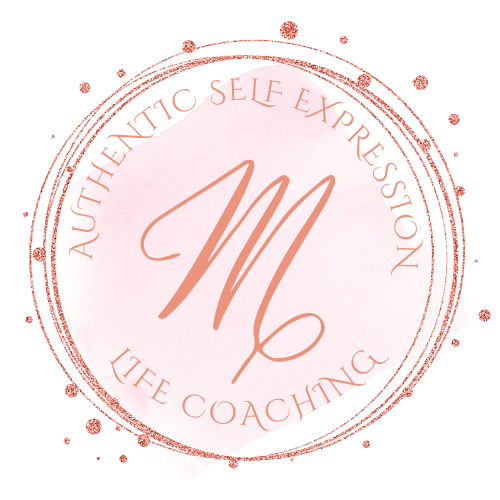
https://mariaduckhouse.com | Let’s connect on Instagram
Buy me a coffee


